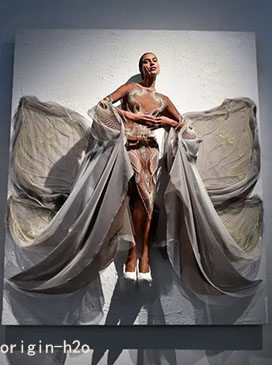
A business more profitable than Hermès: Uncovering the Rolls-Royce of the world's top five fabr
In fashion, fabrics are more than just materials—they’re the silent storytellers behind every design, the invisible architecture that sustains the grandeur of couture. The difference between couture fabric and woven fabrics is as profound as the difference between a tailored suit and an off-the-rack blazer—or, more poetically, the difference between the Palace of Versailles and an average apartment building.
Craftsmanship: Handmade vs. Machine-Made
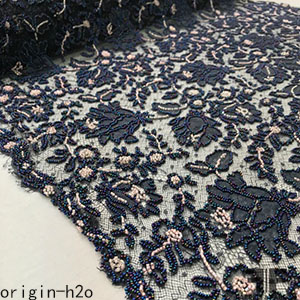
Woven fabrics are typically mass-produced using industrial looms. These materials—cotton, polyester blends, rayon—are reliable, stable, and efficient. They’re the IKEA of textiles: practical, accessible, and versatile, especially for ready-to-wear or interiors.
Couture fabrics, on the other hand, are the orchestra of couture. Often hand-woven, embroidered, or meticulously dyed, these textiles are produced in limited quantities and are tailored to a specific designer’s vision. They may incorporate hand-sewn sequins, metallic threads, or rare natural dyes. You could say they’re the Burj Khalifa of fashion materials—not only practical, but iconic, meant to be seen, admired, and remembered.
Materials and provenance: from common yarn to rare jewel
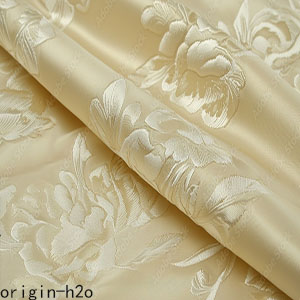
Standard woven fabrics rely on common fibers—cotton, wool, or synthetics—that are purchased in large quantities. The everyday language of clothing: versatile and economical.
However, the materials used in high-end custom fabrics are as rare and intentional as the perfumer's essential oils. Tencel that flows like water, silk spun by hand from silkworms, or cashmere made from the wool of mountain goats—these are the Fabergé eggs of textiles. Each yarn carries the mark of heritage, geography, and craftsmanship.
Imagine comparing the Colosseum in Rome—a monument of perseverance—with the Sagrada Família in Barcelona—a complex, detailed, and still evolving a century later. Both are architectural feats, but only one is carved out with layers of conviction and craftsmanship. The same is true for high-end fabrics versus standard fabrics.
Time and cost: fast fashion vs. timeless treasures
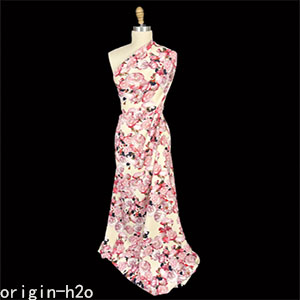
There is no denying that woven fabrics have many practical advantages—they are affordable and can be produced quickly. They clothe the world, like the efficient hum of a commuter train.
The craft of high-end custom fabrics is inherently slow. They often take weeks or even months to make, often using techniques passed down from generation to generation. They are the Michelangelo ceilings of the textile world, with passion, patience and vision woven into every inch. That means cost, of course – but also exclusivity and emotional depth.
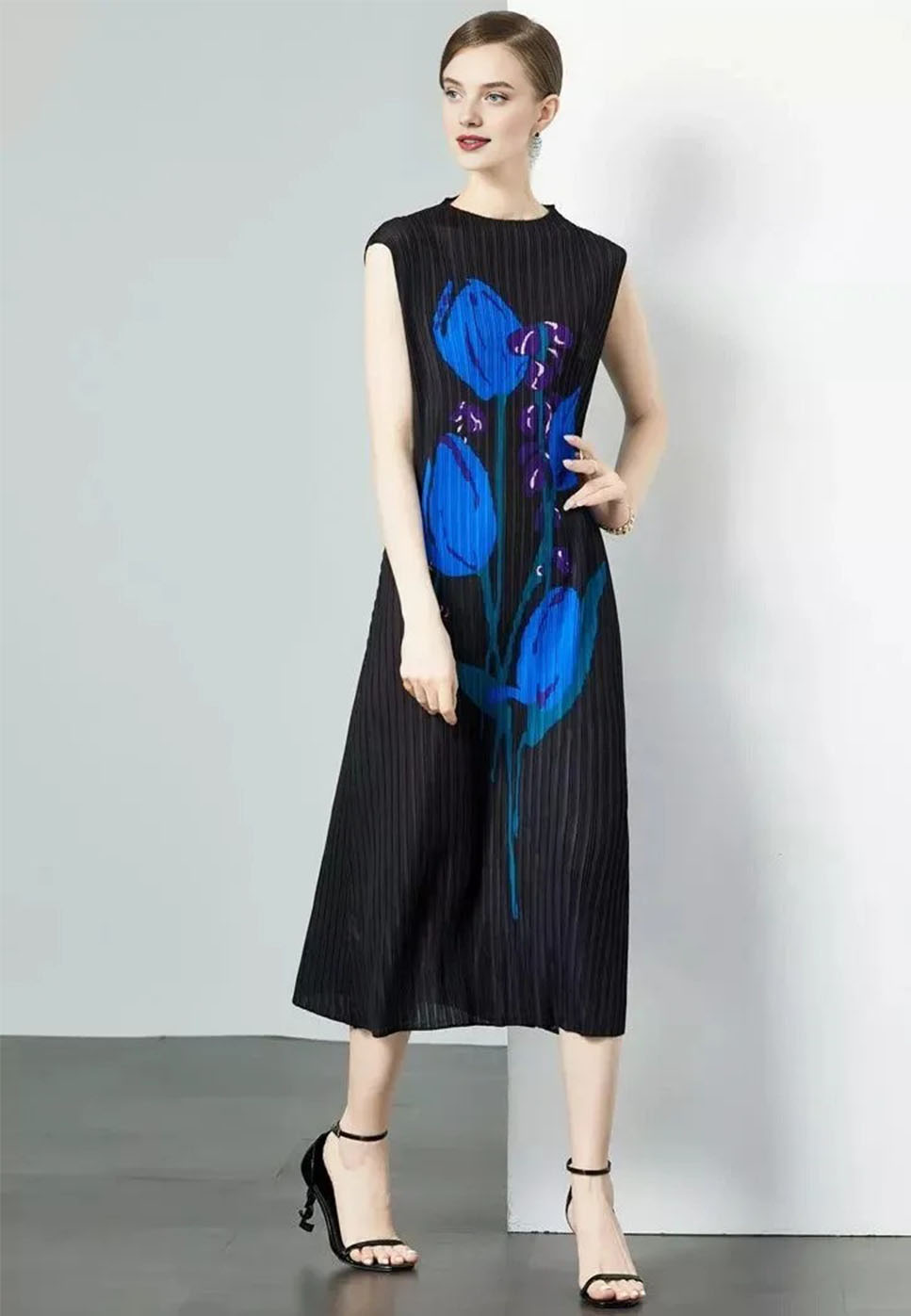
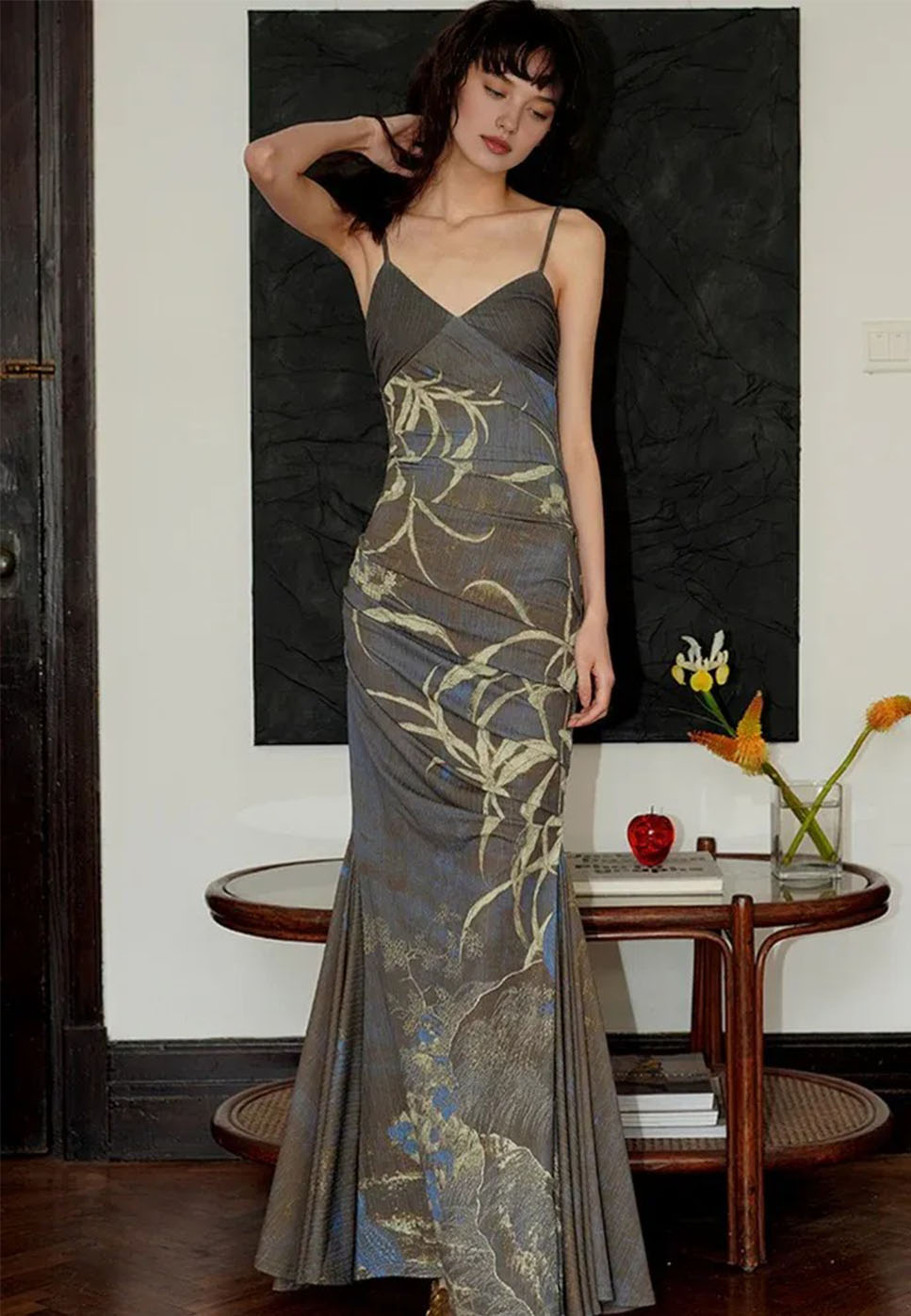
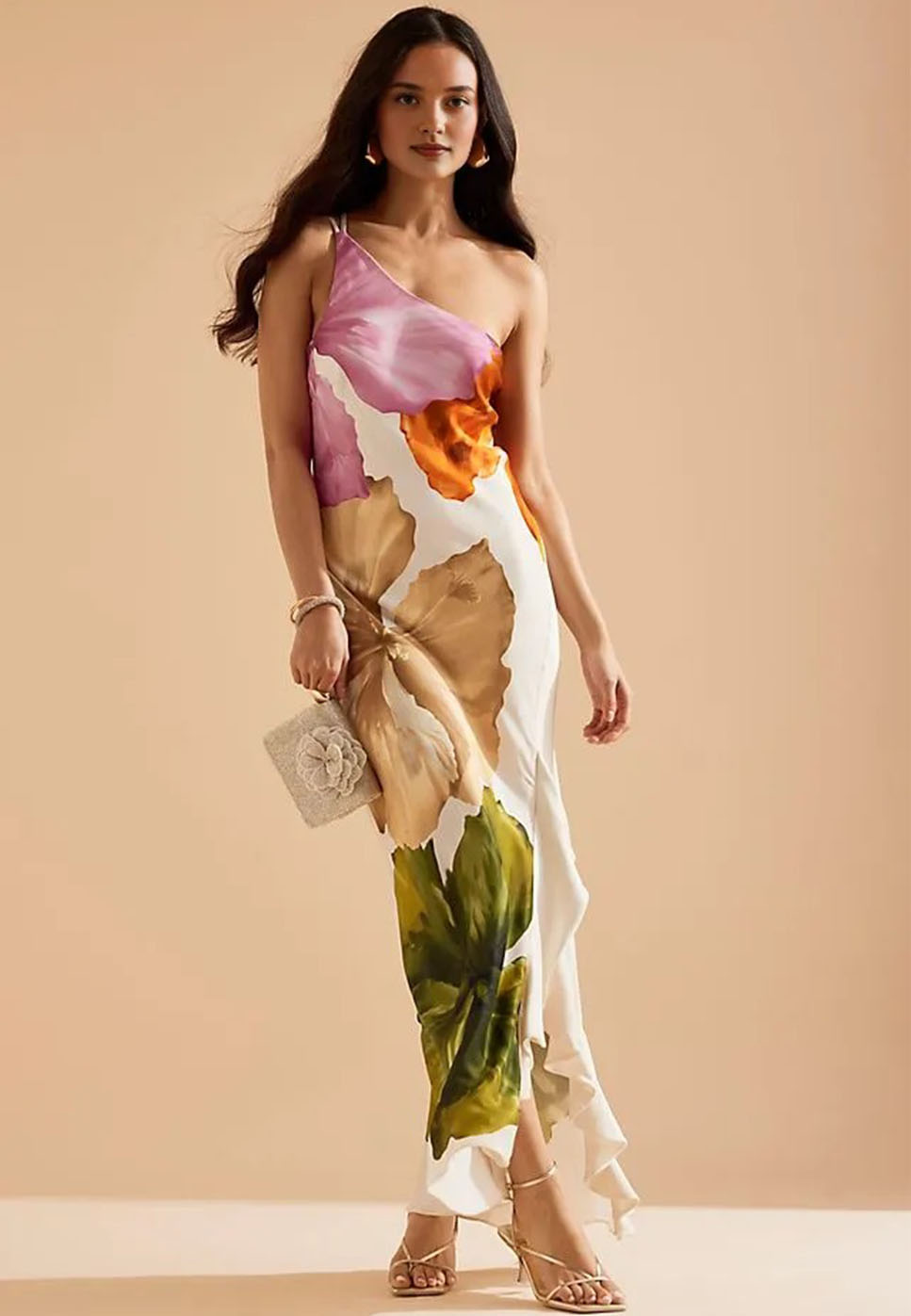
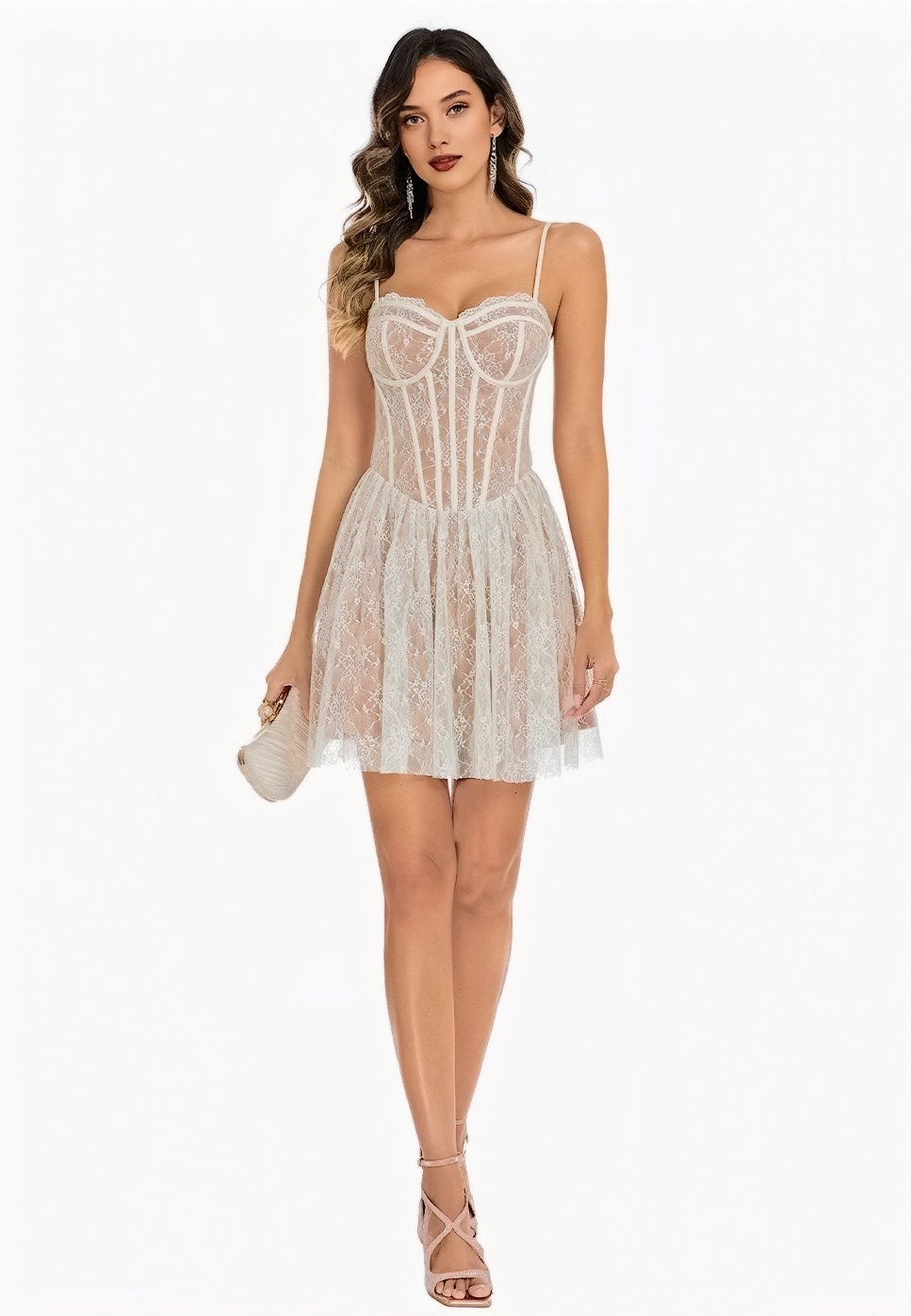
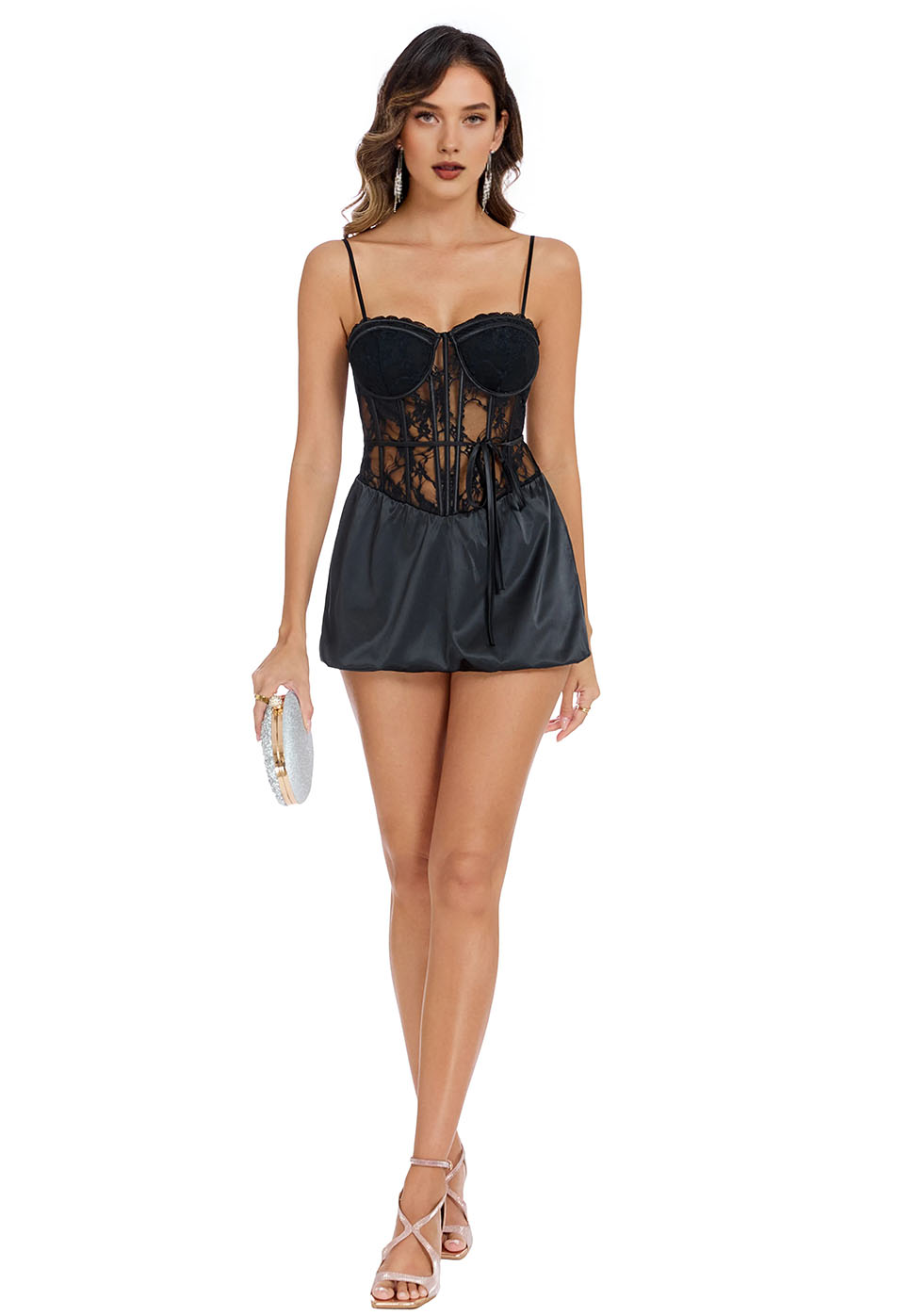
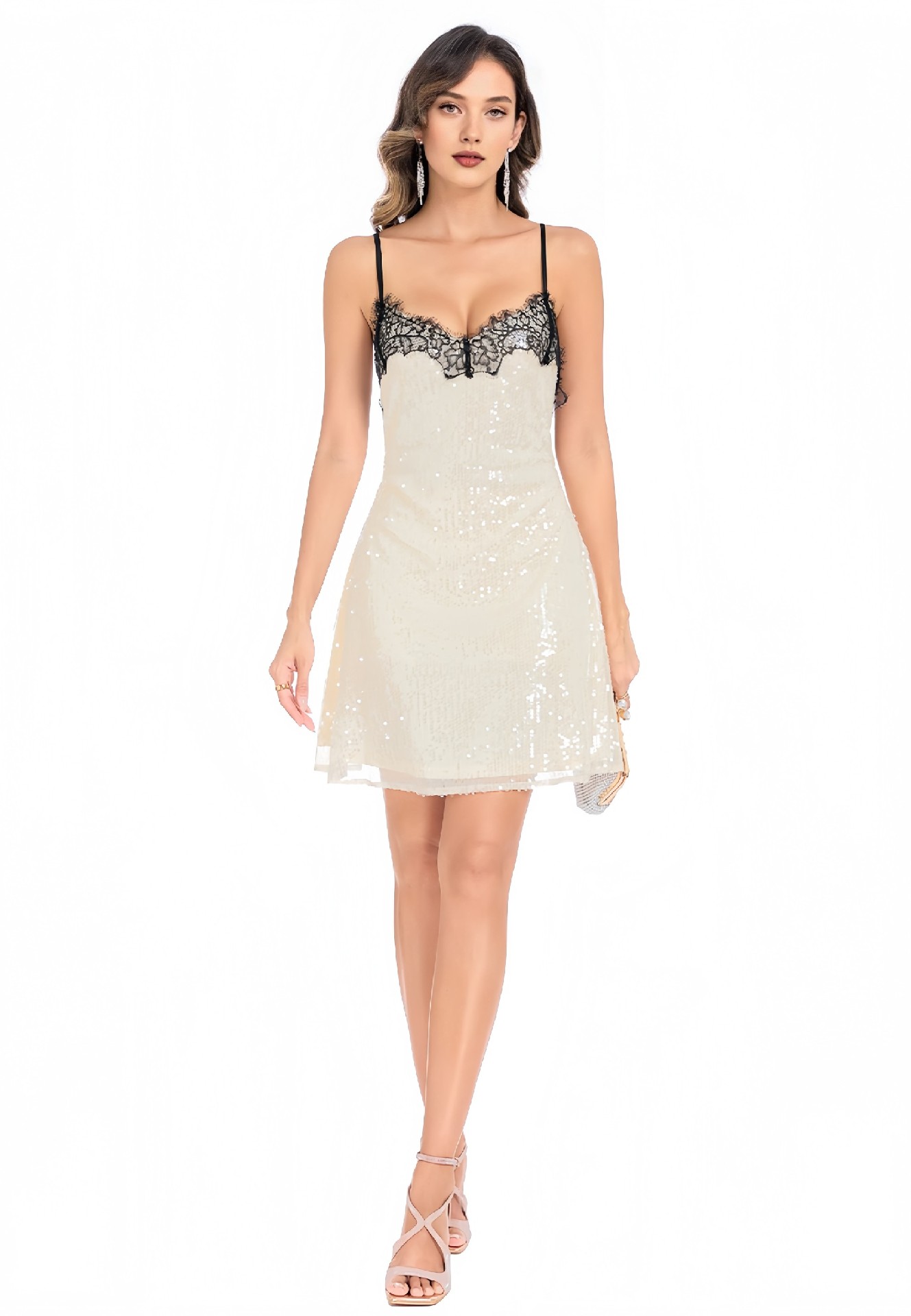
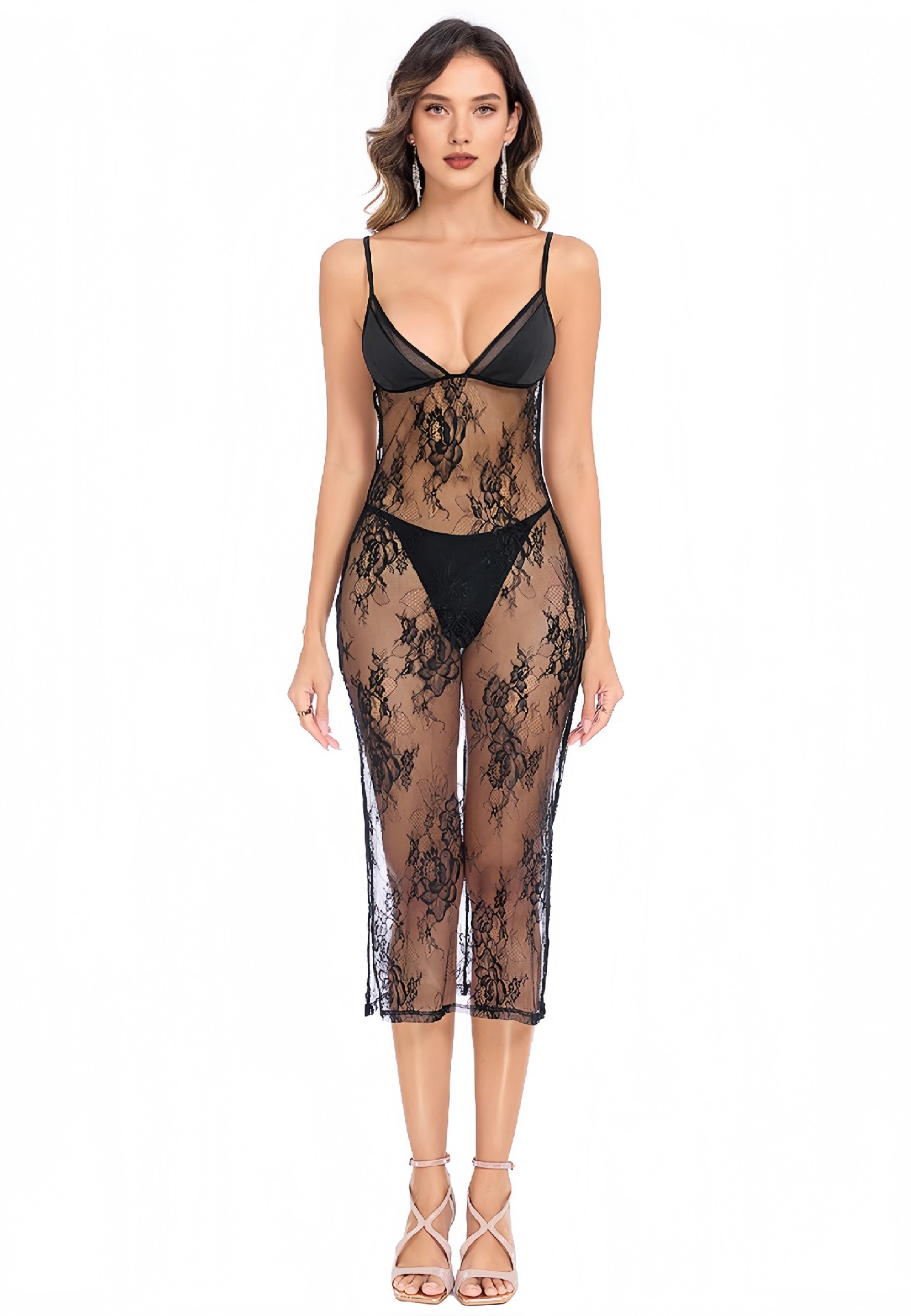

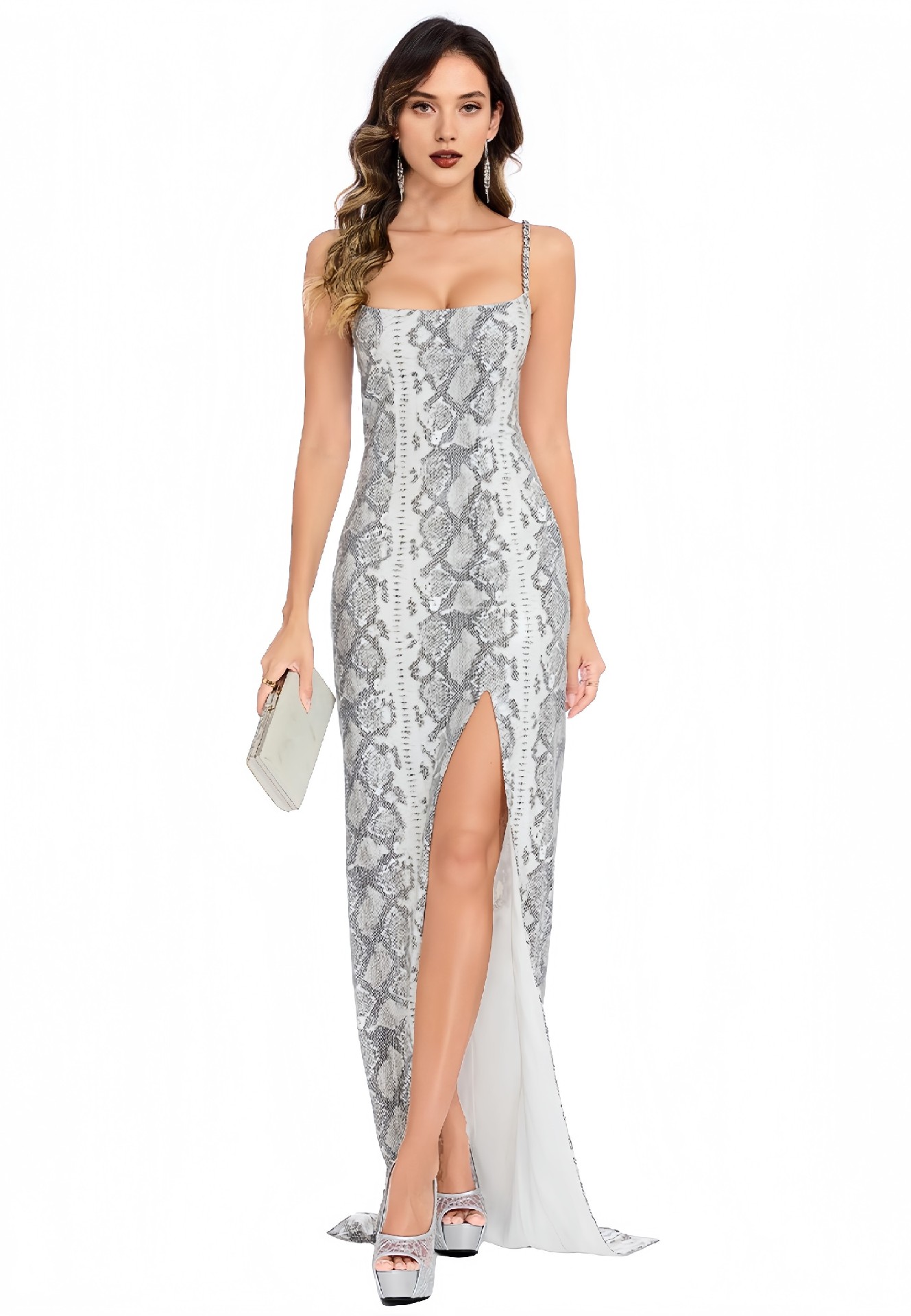
Comment:
Post Your Comment: